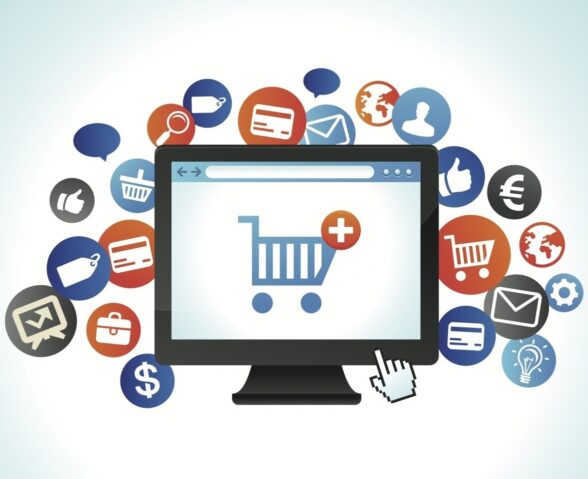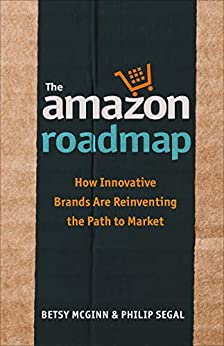
Written By Betsy McGinn and Bill Sipper
I started working with Betsy McGinn several months ago. Betsy is the leading expert on selling on Amazon and has written and excellent book called The Amazon Roadmap: How Innovative Brands are Reinventing The Path to Market.
Betsy has given us an MBA in Amazon and since we have started working with her and since she has been coaching us our clients have greatly increased their Amazon sales. Betsy handles the strategy and we handle the execution.
Betsy and I decided to co-write an article a few months ago. However, I will be the first to note that Betsy is the author of this article and I am just the “co writer”. The information contained in this article will hopefully help you understand and prepare to increase your Amazon sales…
A byproduct of the threat of COVID-19 is that it’s taken eCommerce in the US to new heights. Amazon.com has hired 175,000 new employees, Instacart has been forced to scale in ways and at a speed never dreamed of, and high demand has resulted in continuing out-of-stocks on some essential items we all need. The subset that so many of our clients play in – grocery – has grown in ways no one predicted, and may even accelerate the adoption of online grocery by 4 to 5 years. Brands are scrambling, not only to meet consumer needs, but to up their game in eComm. eCommerce no longer represents incremental “nice-to-have” sales; it’s now essential to a brand’s success, and maybe even its survival.
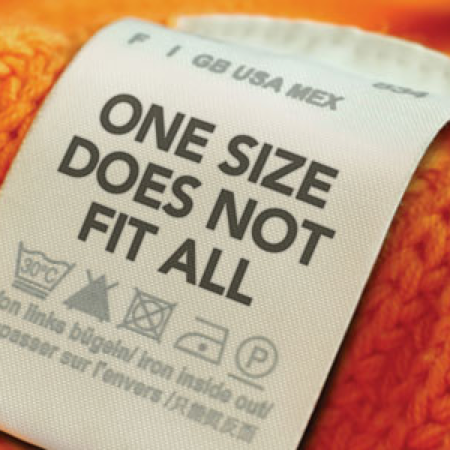
But here’s the challenge: eCommerce strategy and execution aren’t one-size-fits-all, and can’t be relegated to a single division within your company to handle. Everything about this new retail dynamic requires a commitment of the whole organization to truly understand, and to meet the needs of this varied and often confusing channel. Here’s why: Amazon is nothing like Direct-to-Consumer (DTC), which is nothing like Fresh Direct, which is nothing like Instacart. Yet, many companies lump any retailer with a .com in their name into one bucket.
Let’s break it down.
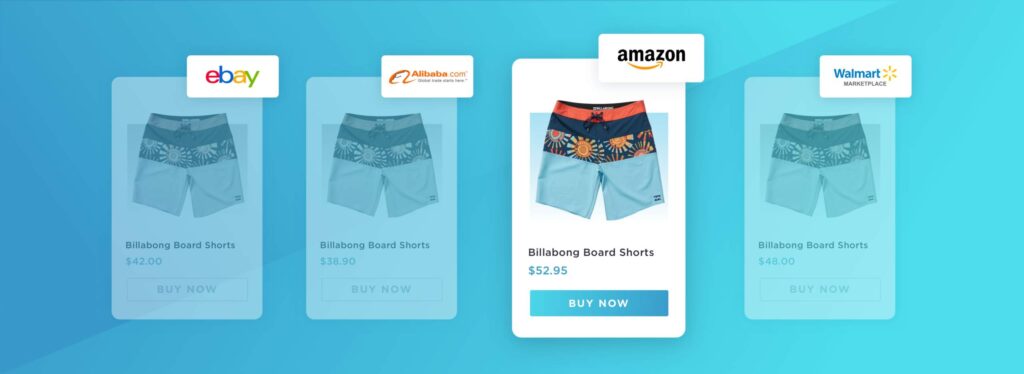
Amazon is the beast of eCommerce. Whether you love ‘em or hate ‘em, they account for 49% on online sales, and are by far the largest online grocery retailer. Their 105 million Prime members convert at a rate exponentially higher than most other eComm options. Seems like a no-brainer to take advantage of the power wielded by this giant, right?
But here’s where it gets tricky.
First, all but the largest CPG brands must sell their products in Amazon’s 3d Party marketplace, which works beautifully for many of the companies we work with, the digital natives that are scrappy and nimble. But it can be anything but simple for many others. Because 3rd Party marketplace means you’re the seller. You own the product, and if you use Amazon’s fulfillment feature, Fulfillment by Amazon (FBA), you’re essentially adopting a consignment model for your brand. So here are the questions: is your company prepared for this? Is finance able to adapt? Can operations label and ship product to Amazon’s fulfillment centers and meet Amazon’s standards? Do you have the right product packs (selling a single unit of most grocery items will not be profitable for your company)? Lots of considerations for your team to work out.
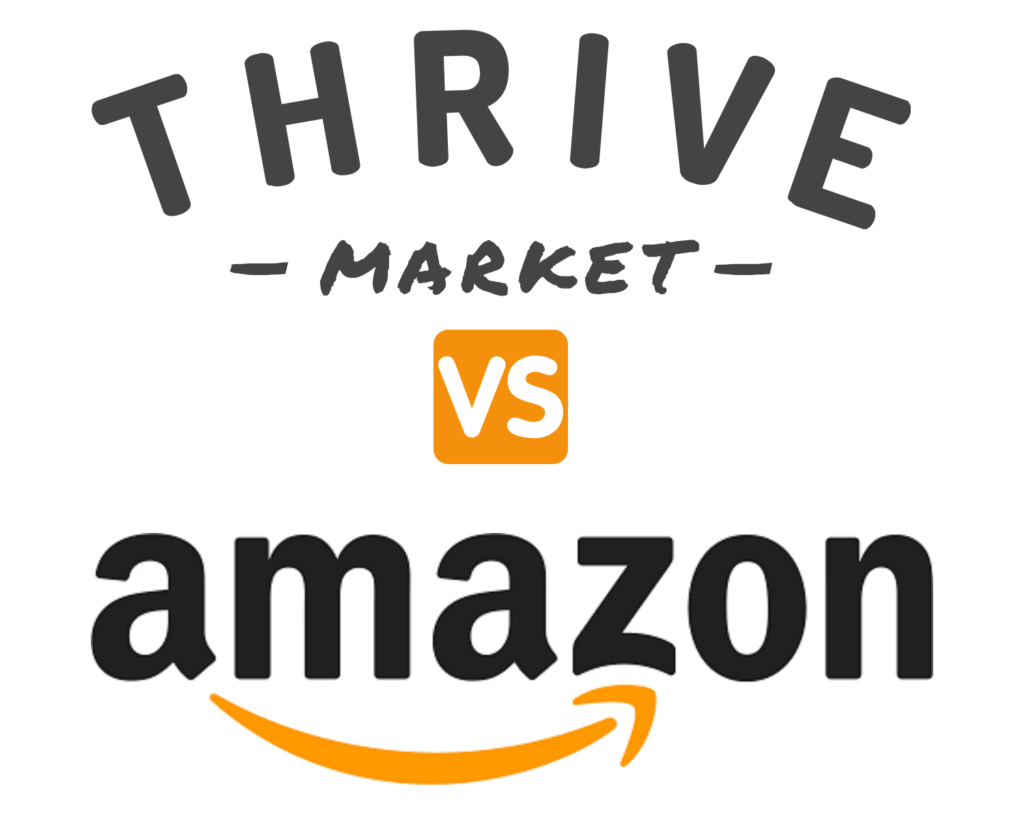
Secondly, there are eComm partners like ThriveMarket and Vitacost, which you may sell through one of your distributors. They provide a basket-building model where individual selling single units does make sense, so are they really any different than any other of your retail accounts? Your major involvement will be around pricing, discounts and promotions – just like your brick-and-mortar partners. So, should your eComm team be responsible for managing these partners?
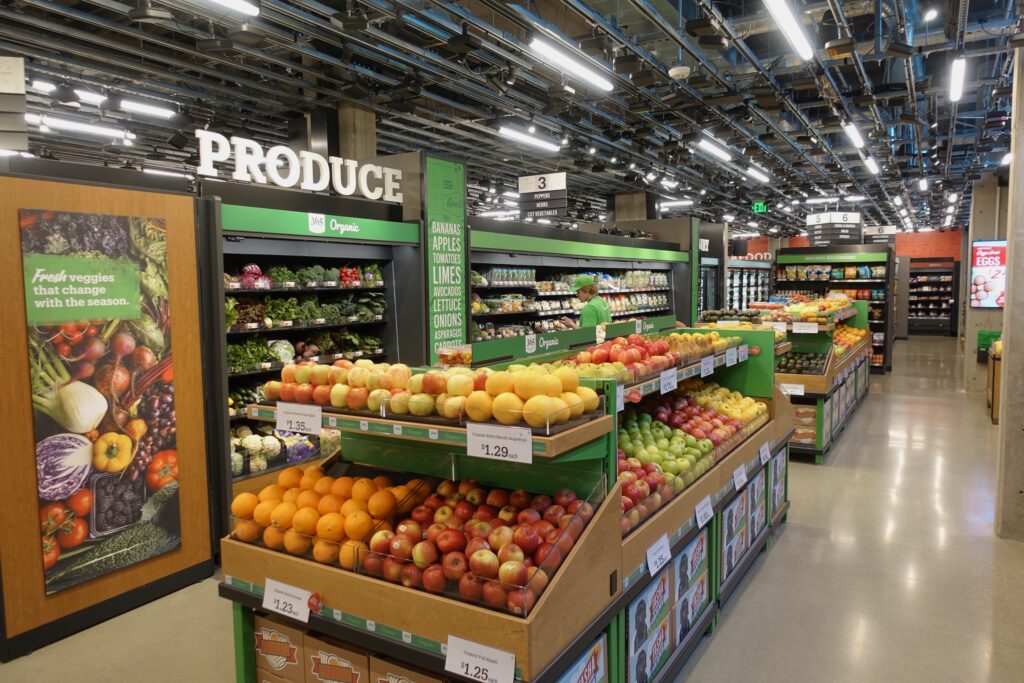
Third, there is eCommerce through Brick-and-Mortar grocery – either click-and-collect or delivery. Often everything about this business is merged with the processes and model of the grocery store itself – rather than a separate buying division, warehouse or operations structure. Promotions and advertising align with what is going on in the store which raises the question: is this a job for your eCommerce team? And to further complicate matters, there are variations on this theme, where a retailer like Walmart will sell some products on their site and the same products in their stores plus some products only through their Third-Party marketplace.
There are also dedicated grocery delivery partners like Fresh Direct, Peapod and Amazon Fresh that purchase product directly from a brand or may use its distributor. Are they eCommerce or simply another grocery account that happens to deliver?
Is your head spinning yet? Because we have a few more questions:

What about your own DTC? Should you sell from your own website (we say yes) and if you do, will you ship your products to your consumer, or use a fulfillment partner? Or fulfill from your Amazon FBA inventory? Do you sell the same products as you sell to other online and brick-and-mortar retail partners or a differentiated set of products? And who in your company manages this completely different model than eComm retail partners
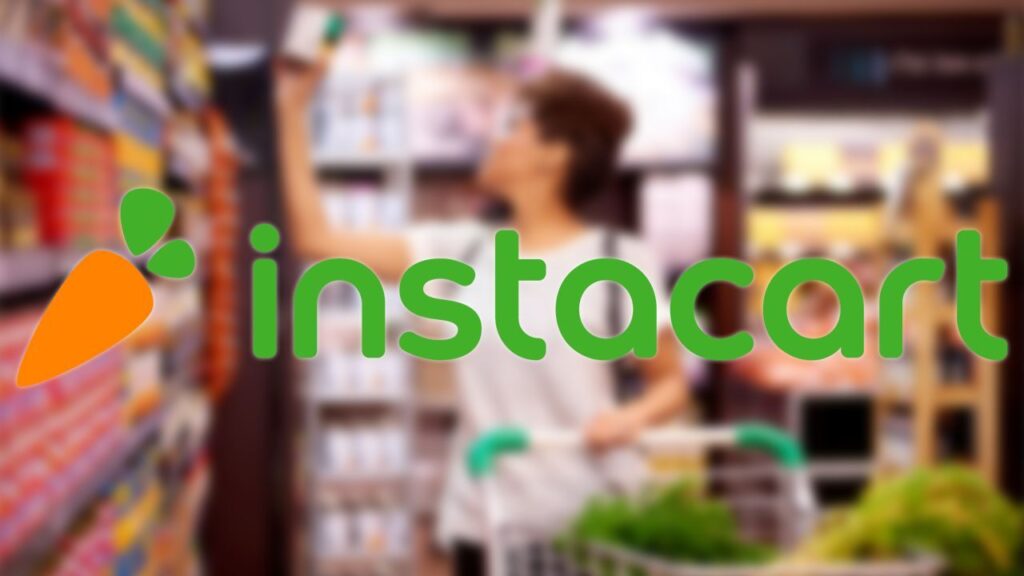
Finally, there’s the “Grubhub of Grocery” – Instacart. They don’t buy or sell anything, but instead, act strictly as a delivery mechanism from grocery stores. But they have instituted features, like coupons and advertising, that can benefit a brand regardless of the retailer the consumer chooses to purchase from. So where does this business live in your company?
All of this is to say it’s time to get serious, figure out how to make this complex opportunity work in your organization, and get in the game. Grocery eComm was already a fast-changing, fast growing channel, and the pandemic crisis has increased that exponentially. Creating an eCommerce team, and putting all these diverse business models on their plate simply won’t cut it. Every brand has to decide if they have the bandwidth to embrace the unique business models listed above, and if they do, figure out how to structure themselves around each one of them.
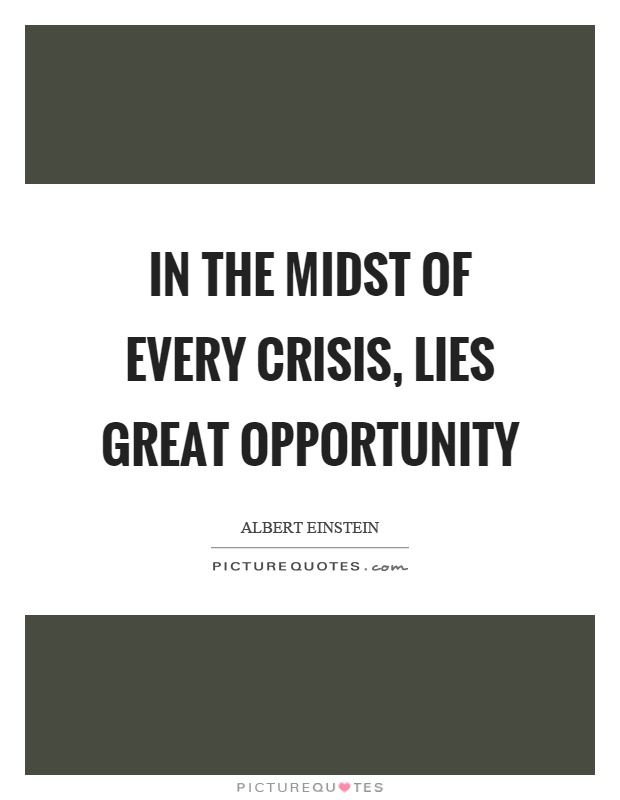
Albert Einstein said, “In the midst of every crisis, lies great opportunity.” And as devastating and painful as the crisis we’re facing now has been for so many people and companies, many of the brands we work with have not only avoided loss, but have been able to able to thrive. By taking time to understand the landscape and doing what it takes to adapt, amidst the chaos, they’ve found their own great opportunity while also providing a great service to their customers.
Written by Betsy McGinn and Bill Sipper

